Performance Meter
0%
QUESTION ID:1
QUESTION ID:2
QUESTION ID:3
QUESTION ID:4
QUESTION ID:5
QUESTION ID:6
QUESTION ID:7
QUESTION ID:8
QUESTION ID:9
QUESTION ID:10
QUESTION ID:11
QUESTION ID:12
QUESTION ID:13
QUESTION ID:14
QUESTION ID:15
QUESTION ID:16
QUESTION ID:17
QUESTION ID:18
QUESTION ID:19
QUESTION ID:20
QUESTION ID:21
QUESTION ID:22
QUESTION ID:23
The value of (rounded off to two decimal places) is ____
QUESTION ID:24
QUESTION ID:25
QUESTION ID:26
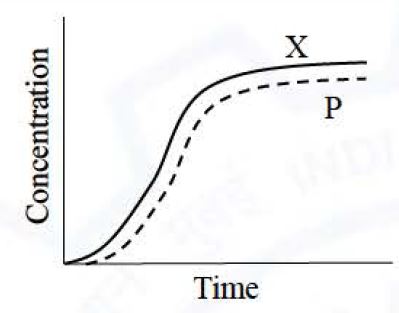
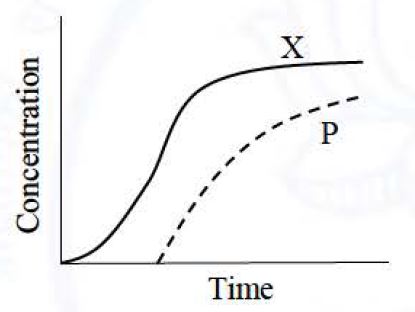
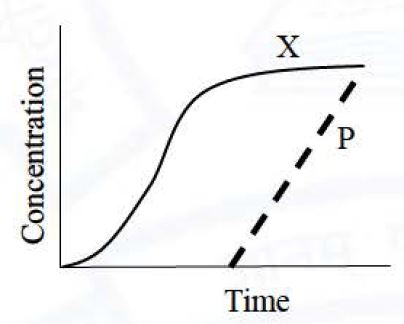
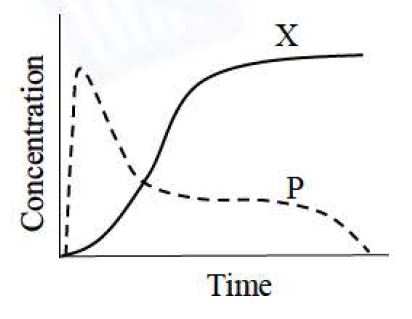
QUESTION ID:27
QUESTION ID:28
QUESTION ID:29
QUESTION ID:30
QUESTION ID:31
QUESTION ID:32
QUESTION ID:33
QUESTION ID:34
QUESTION ID:35
QUESTION ID:36
QUESTION ID:37
QUESTION ID:38




QUESTION ID:39
QUESTION ID:40
QUESTION ID:41
QUESTION ID:42
In a chemostat with a dilution r ate of 0.8 h^-I, the steady state biomass concentration and the specific product formation rate are 8 mol m^-3 and 0.2 (mol p roduct) (mol biomass f 1 h^-I , respectively. The steady state product concentration in mol m ^-3 is ----
QUESTION ID:43
QUESTION ID:44
The determinant of matrix
QUESTION ID:45
QUESTION ID:46
QUESTION ID:47
QUESTION ID:48
QUESTION ID:49
Calculate the following integral
QUESTION ID:50
QUESTION ID:51
QUESTION ID:52
QUESTION ID:53
QUESTION ID:54
QUESTION ID:55
QUESTION ID:56
QUESTION ID:57




QUESTION ID:58
QUESTION ID:59
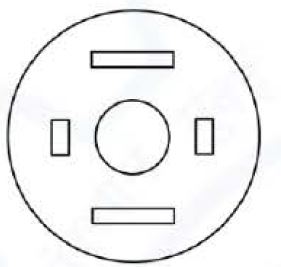
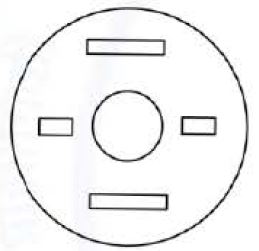
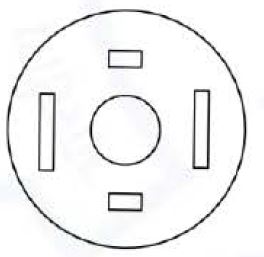
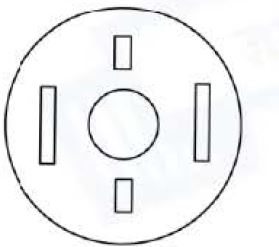
QUESTION ID:60
QUESTION ID:61
QUESTION ID:62
Details of prices of two items P and Q are presented in the above table. The ratio of cost of item P to cost of item Q is 3:4. Discooot is calculated as the difference between the marked price and the selling price. The profit percentage is calculated as the ratio of the difference between selling price and cost, to the cost
The discooot on item Q, as a. percentage of its marked price, is
QUESTION ID:63
QUESTION ID:64
QUESTION ID:65
 TLS Online
TLS Online